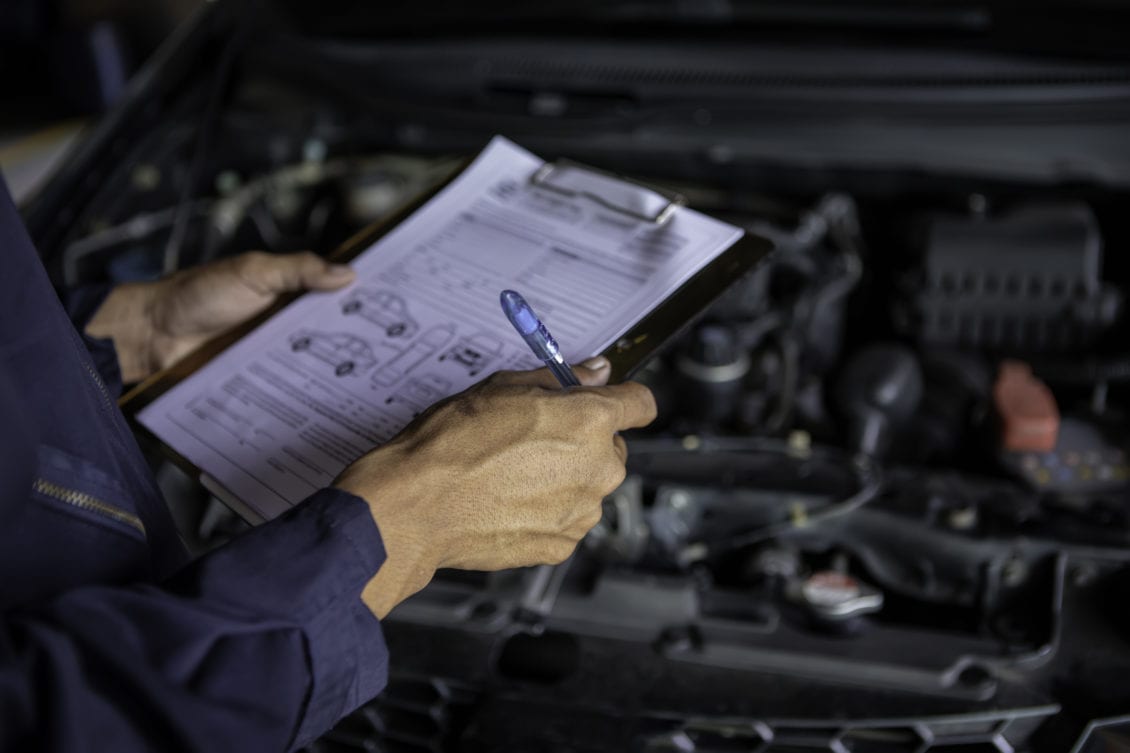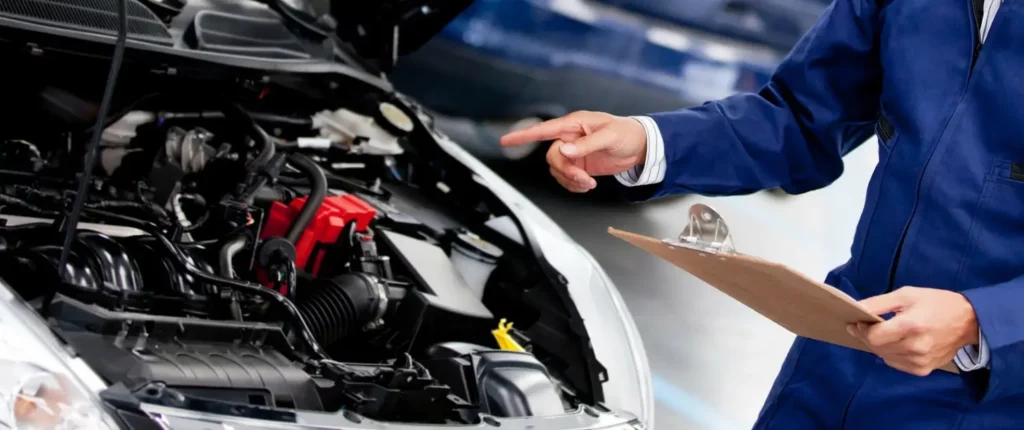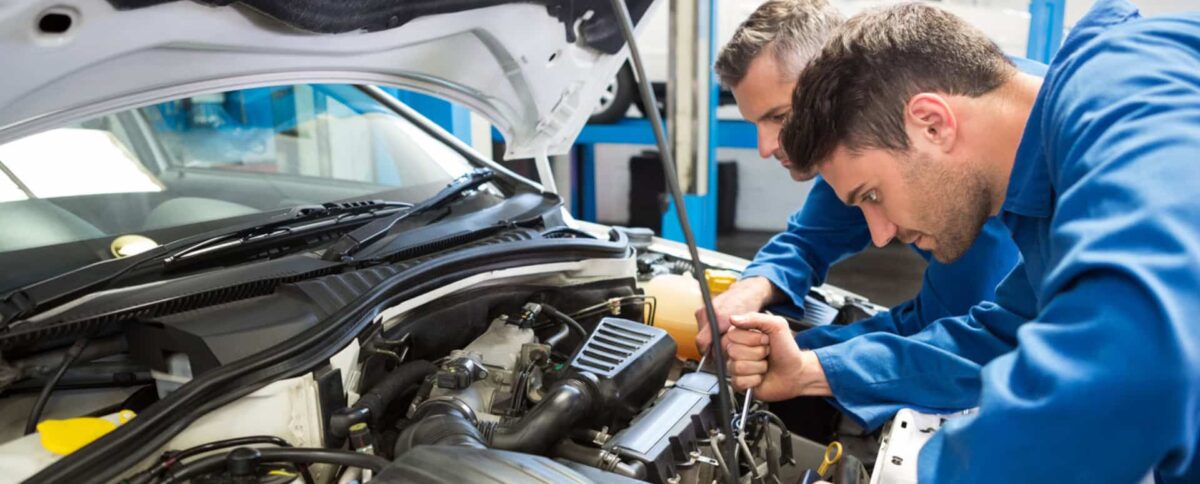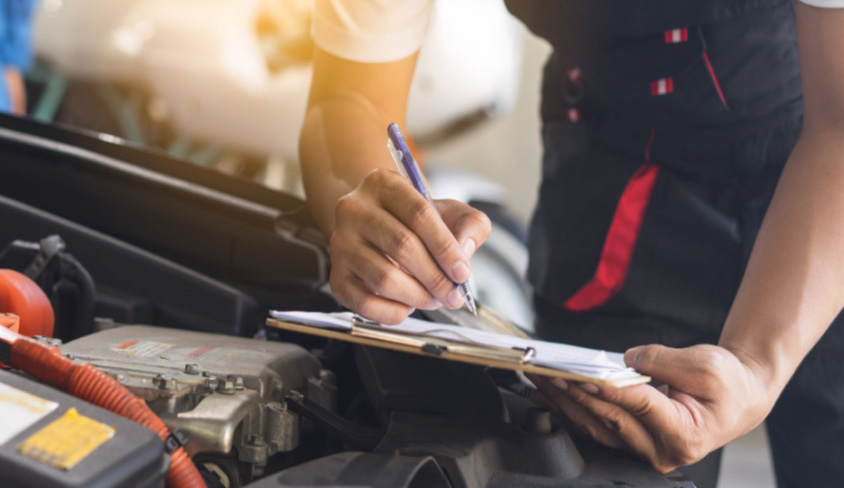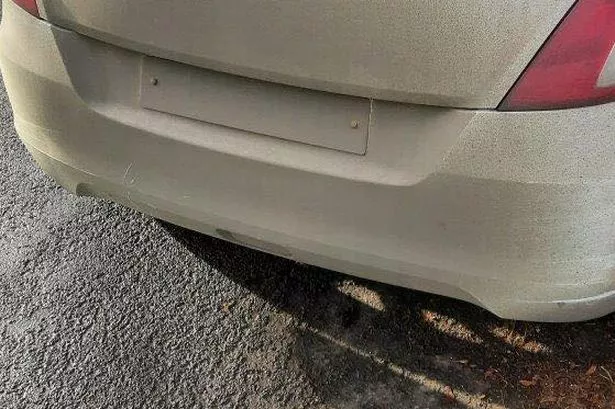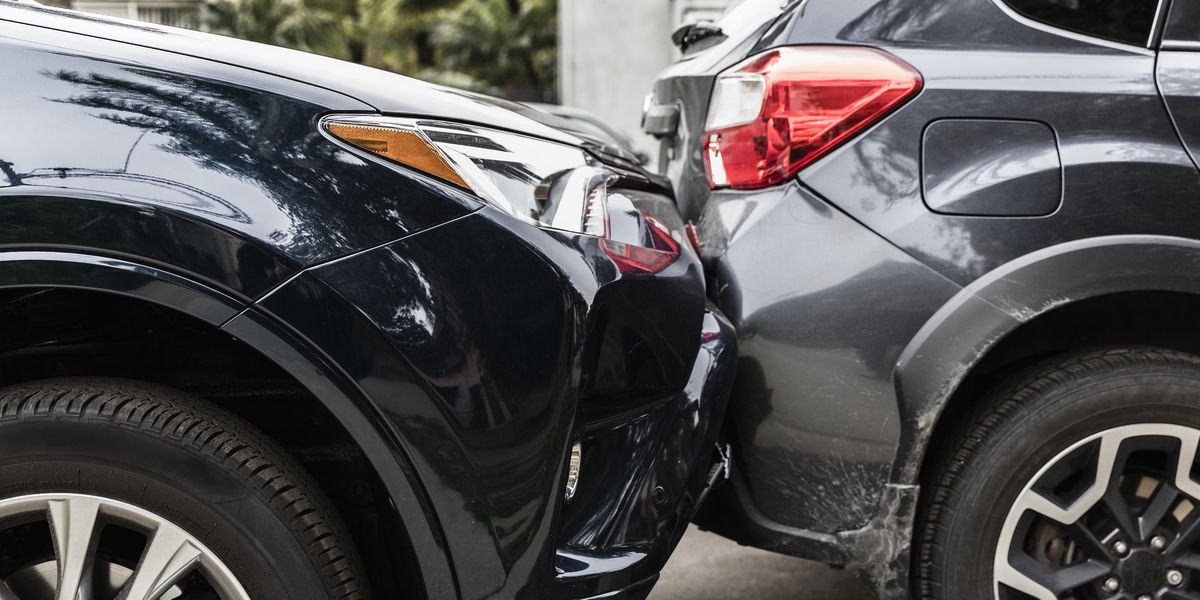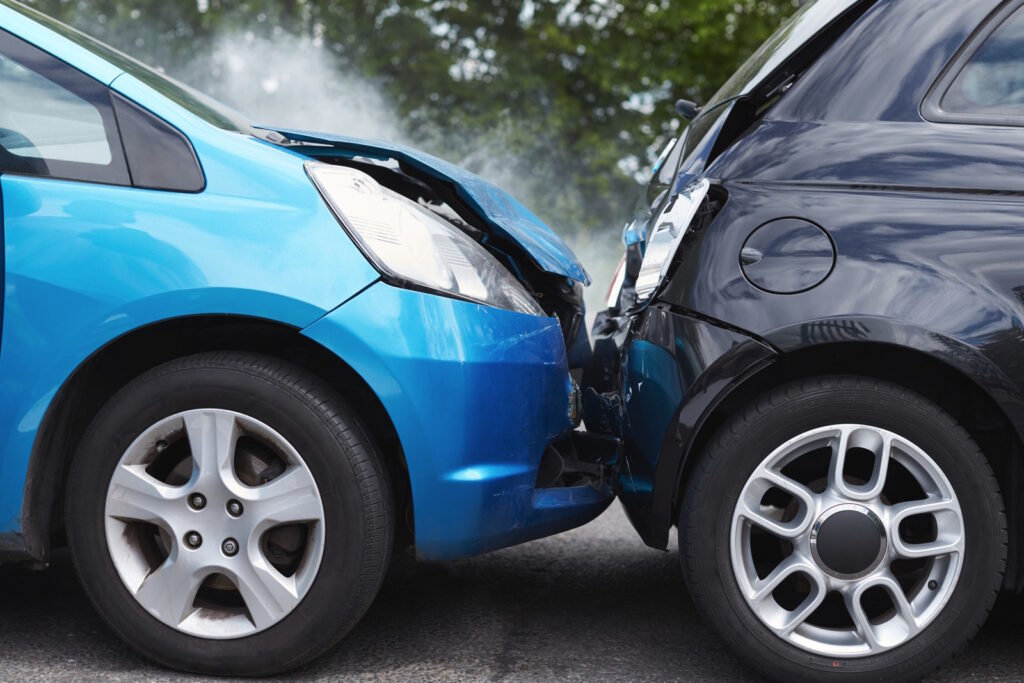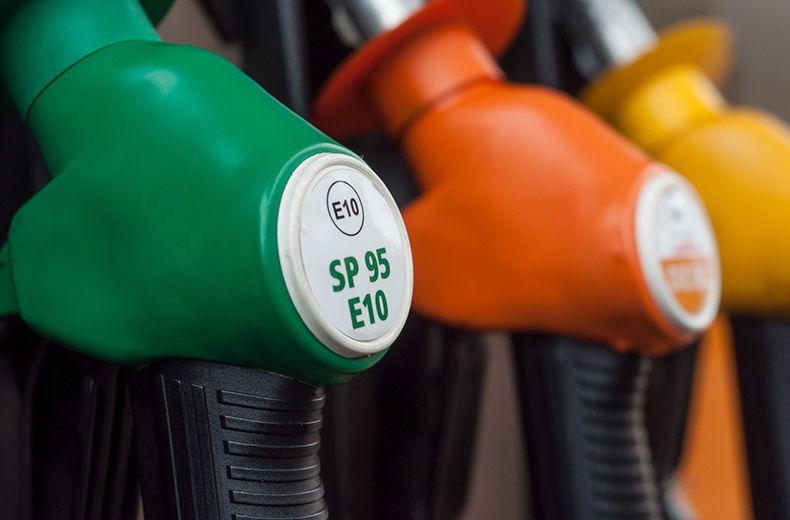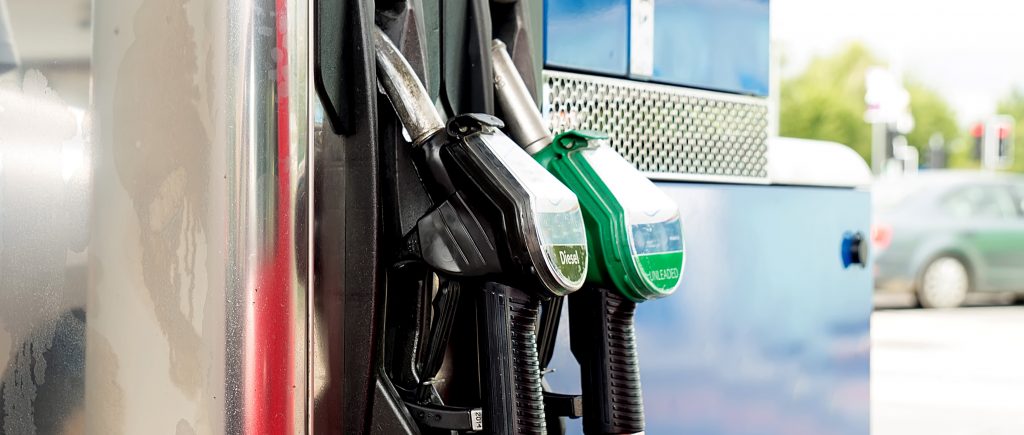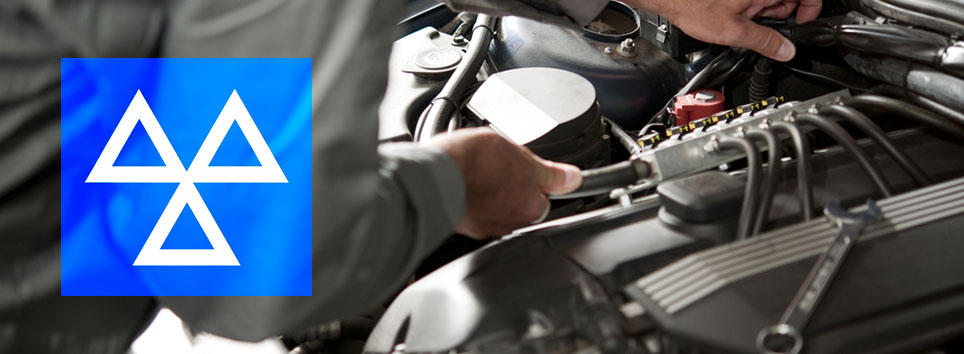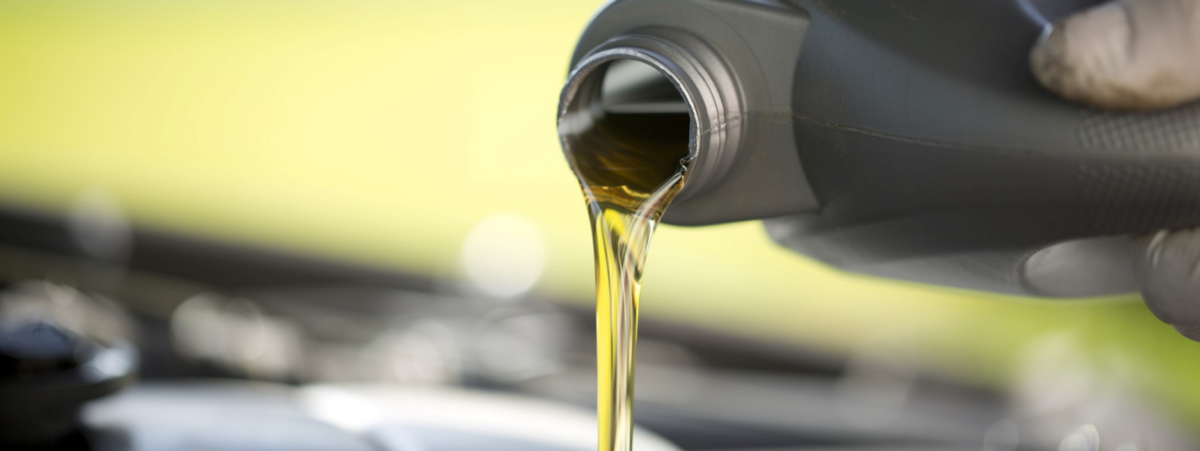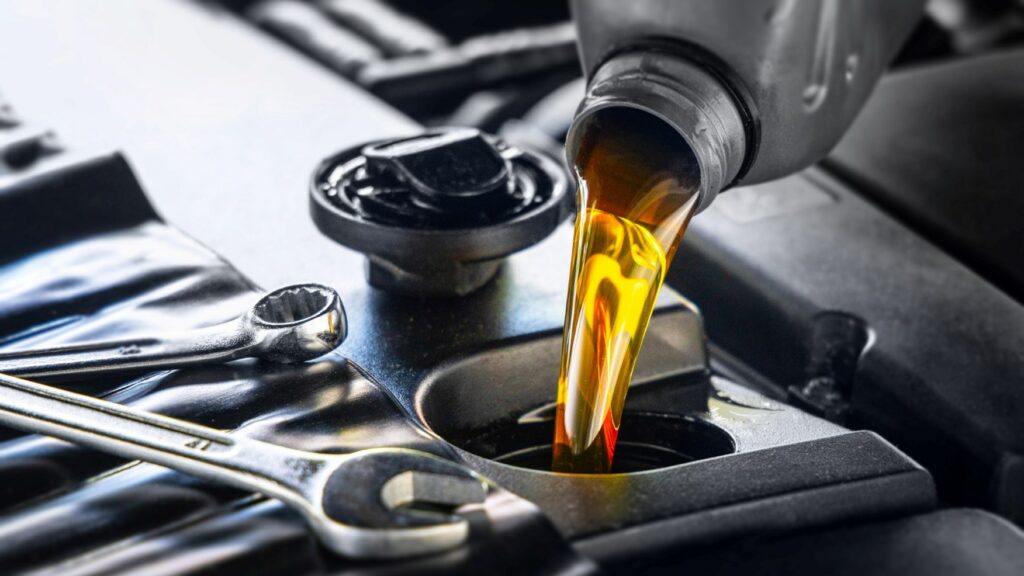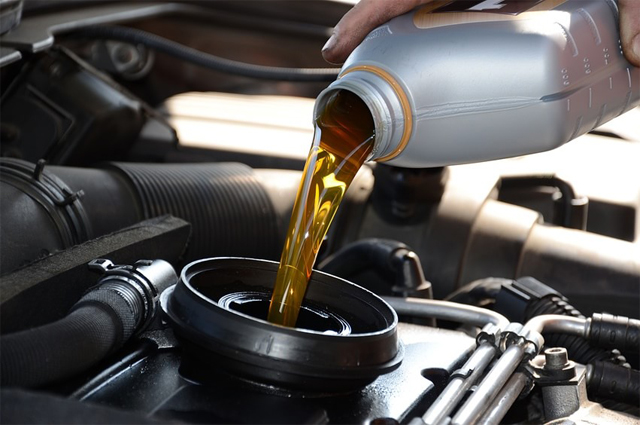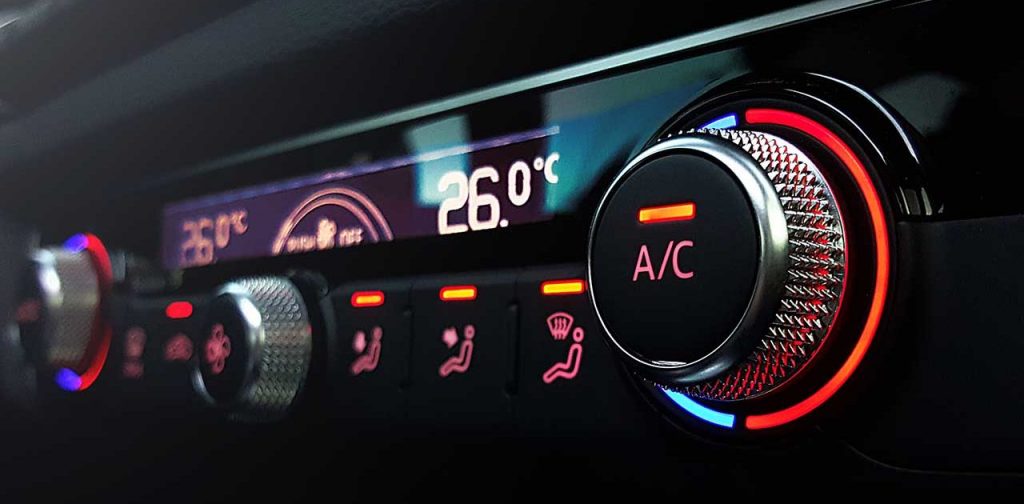While the convenience of modern automobiles has undoubtedly transformed our lives, it’s crucial to remember that safety should always be a top priority. One simple yet often overlooked practice that can make a significant difference in ensuring your safety on the road is leaving your manual car in gear when parked.
Here’s what can happen if the handbrake fails on a manual car left in neutral.
Let’s explore the importance of this seemingly small action and why it can have a big impact on your overall driving experience…
Preventing Unintended Movement
Leaving your car in gear acts as a safeguard against unintended and potentially dangerous movement. Whether you’re parked on a slope or a flat surface, leaving the vehicle in gear (especially when facing uphill) prevents the vehicle from rolling away if the handbrake fails or if there’s an issue with the brake system. This simple step can save you from an unexpected and hazardous situation.
Enhancing Handbrake Effectiveness
While the handbrake is designed to secure your vehicle in place, leaving your car in gear can complement its effectiveness. The combination of the parking brake and being in gear adds an extra layer of protection, reducing the risk of your car rolling away even further. This dual approach ensures a more secure parking setup.
Ensuring Road Safety
Unattended rolling vehicles pose a risk not only to your property but also to others on the road. A car that rolls away unexpectedly can lead to accidents, property damage, and even injuries. By making it a habit to leave your car in gear, you contribute to creating a safer environment for everyone.
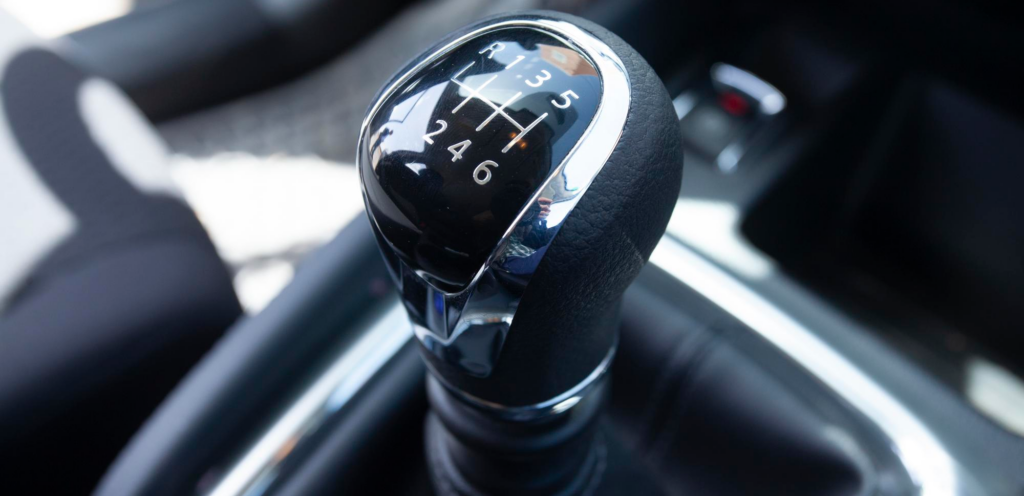
Leaving your car in gear when parked can have a substantial impact on your safety, the safety of others, and the longevity of your vehicle. By making it a habit to leave your manual car in gear, you contribute to a safer and more secure driving experience. Remember, it’s the small actions that can make a big difference on the road. Drive safely, and always prioritise your well-being and that of those around you.

